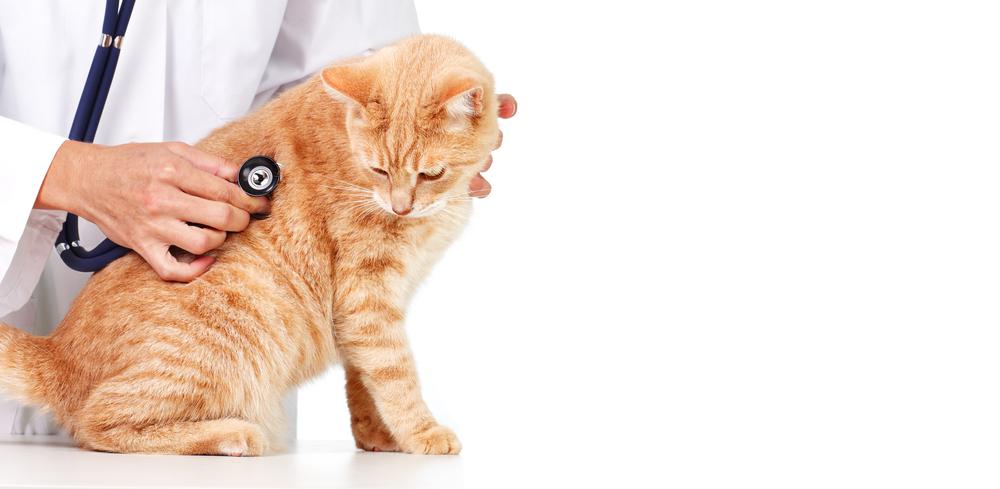
Symptoms and treatments of diabetes in cats
Diabetes mellitus is an inability to produce enough insulin to balance blood sugar, or glucose levels in a cat’s body. While obese, middle-aged, indoor cats are more likely to develop diabetes, the disease can affect all felines. A sudden shift in eating and drinking routines is indicative of the condition. With an insulin deficiency in the body, a cat can’t use the glucose available to it. Its body then tries to dilute the high sugar by increasing the thirst. Weight loss, loss of appetite, increased throat infection, vomiting, dehydration, severe depression, problems with motor function and coma are some commonly occurring features of cat diabetes. Make sure you consult a vet if you find relevant symptoms of cat diabetes. Here some tips on how you can manage cat diabetes efficiently:
Choose wet cat food over dry
The fact is that cats are inherently carnivores. A wildcat would run outside and catch its prey, nourishing itself with loads of proteins and some carbohydrates. A balanced meal for a cat is a mix of micronutrients and amino acids. However today, most cat owners jump to choose dry cat food due to its hassle-free and mess-free approach. Dry cat food is high in carbohydrates, which goes against the natural food choices made by a cat.
Discover symptoms of cat diabetes
As a cat owner, you need to be on the lookout for symptoms of cat diabetes. An increased thirst and increased urination can be read as signs. Diabetes is more common in obese cats than in cats with normal weight. Usually, a cat affected with diabetes will be famished more than usual as their bodies cannot use the fuel supplied in their diet.
Know all about treatment options
Diet is an important component of feline diabetes management. Treatment options for cat diabetes include insulin therapy. The general opinion is that oral medications have side effects and are only considered when insulin can’t be used for some reason. A number of types of blood and urine tests, physical examinations, and behavioral signals are used to establish insulin therapy. In addition, researchers are on the lookout for new and better ways to care for diabetic cats. Take the help of a veterinarian, this will make your cat improve its health before it gets worse. Cat owners need not meddle with the prescribed insulin therapy on their own.
Consider natural treatment options too
- Many pet parents opt for natural alternatives, dietary changes and other lifestyle alterations when their cats are diagnosed with diabetes.
- A low carb diet with the omission of grains, sweet potatoes, potatoes, and green peas is recommended for the optimal health of a diabetic cat.
- You can consider including store-bought supplements to balance a home prepared diet or even readymade diets.
- The cranberry-based urinary supplement is suggested as cats with diabetes run a higher risk of bladder infections.
Interested in more articles about Pet Medicine ? Explore them here. Keep yourself updated with fresh content by liking us on Facebook or subscribing to our Newsletter.
Do pictures of adorable dogs and cats make your day as much as it does ours? Follow us on Instagram .


